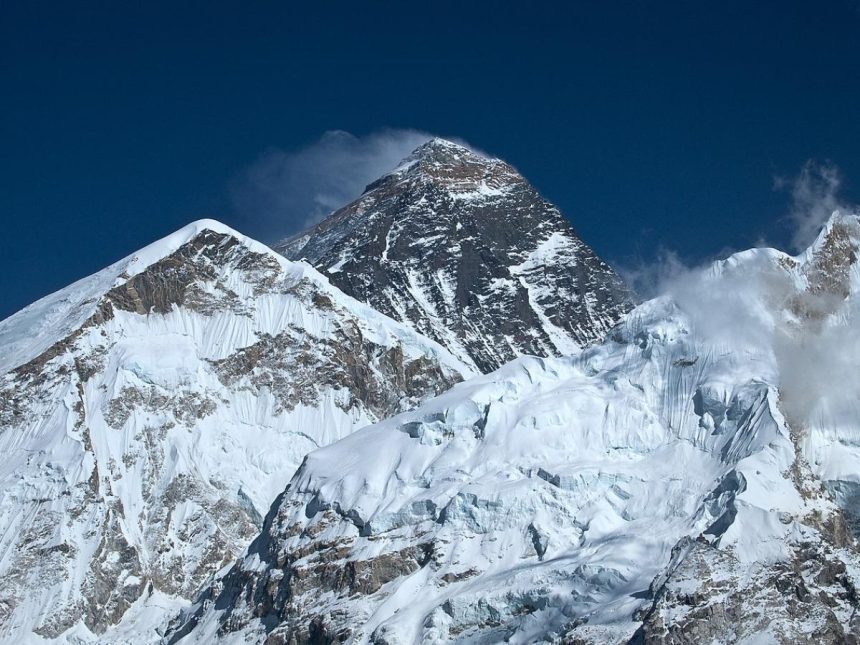Snowstorm Strikes Suddenly
A powerful snowstorm slammed the Tibetan side of Mount Everest over the weekend, trapping hundreds of hikers and tourists at high elevation campsites. The storm descended rapidly, burying tents, blocking access routes, and cutting off communications.
Though the main climbing season is over, many visitors had traveled to the Everest Scenic Area (east slope) during China’s Golden Week holiday, seeking trekking views. Within hours, the heavy snowfall—measured at over 1 meter in places—created a life-threatening situation for those still in the mountains.
Scale of the Crisis: Hundreds Stranded, One Dead
- According to Chinese state media, approximately 350 hikers managed to descend to a rendezvous point in Qudang (Tingri County), while about 200 others remain stranded on the high slopes.
- One 41-year-old man succumbed to hypothermia and altitude sickness under the brutal conditions.
- Survivors described scenes of tents collapsing under snow load, life-threatening cold, and intermittent thunder and lightning adding danger.
- In Nepal, the storm’s reach extended beyond Everest: heavy rains and landslides in surrounding Himalayan areas have claimed dozens of lives.
Rescue Efforts Amid Harsh Terrain
Rescue operations are underway on multiple fronts, though they face steep challenges:
- Over 300 rescue personnel, including local villagers with horses and oxen, drones, and support from government agencies, were deployed to clear snow and reach trapped trekkers.
- Teams are working to re-open avalanche-blocked paths, dig campsites free, and guide survivors down in staggered batches, both by foot and on footpaths cleared through snow.
- The snow’s depth and ongoing accumulation make conditions treacherous. In many areas, tents were reported buried entirely, complicating rescue access.
- Communication lines were disrupted, making updates sporadic. Some stranded trekkers remain in contact with teams above.
Climate Context & Risk Trends
While Everest weather is always dangerous, experts have long warned that climate variability is introducing more unpredictable extremes to the region:
- A 2020 study of Everest-region risks cited that warming, increased moisture influx, and changing circulation patterns may raise the likelihood of sudden, intense storms.
- In recent years, unusual weather events—such as off-season snow and erratic precipitation—have challenged traditional trekking windows and safety calculations.
Such events strain the mountain’s rescue infrastructure, which is often tailored for predictable seasonal patterns. With more tourists accessing high terrain, the margin for error is narrowing.
What Lies Ahead
- Rescuers aim to evacuate all remaining stranded trekkers within the next 24–48 hours if weather permits.
- Medical teams are prioritizing treatment of hypothermia, altitude illness, dehydration, and trauma from exposure.
- Authorities may halt further tourist access to the region until trails are stabilized, snow cleared, and safety assured.
- The incident is likely to prompt reassessments of trekking season limits, route safety protocols, early warning systems, and emergency capacity in high Himalayan zones.









